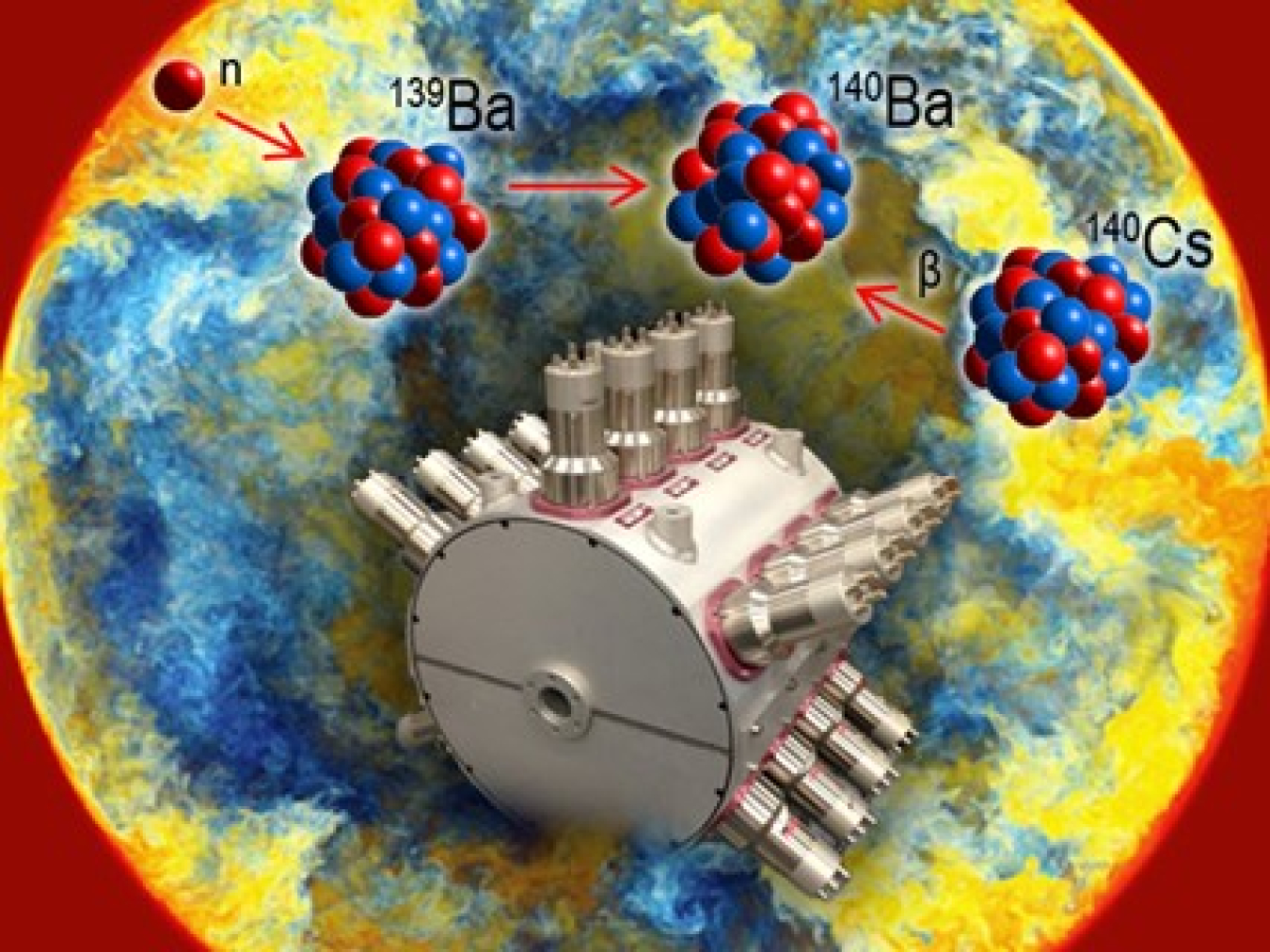The Science
Newswise — The synthesis of heavy elements in stars is one of the main puzzles of nuclear astrophysics. Scientists recently introduced a new stellar process, the intermediate “i" process, to explain new astronomical observations. Researchers need accurate nuclear input to identify the stellar site of the i-process. Scientists have now reported on the measurement of a nuclear reaction that affects the production of lanthanum in the i-process. The researchers have shown that the proposed i-process conditions are viable and can explain astronomical observations.
The Impact
The new measurement helps to set constraints for the conditions of the i-process. Scientists currently have limited knowledge of how much heavy element synthesis is the result of this process. The recent result, together with future measurements, can help create a more accurate picture of nucleosynthesis. Studies like this will help scientists finally answer the question of how the elements form in stars.
Summary
The so-called “intermediate process” or “i-process” is a new nucleosynthesis process that scientists have introduced to explain recent astronomical observations. Now, scientists at the Facility for Rare Isotope Beams (FRIB), a Department of Energy (DOE) Office of Science user facility, have presented the measurement of a nuclear reaction that helps to constrain the astrophysical conditions for the i-process. The experiment was conducted at the Argonne Tandem Linac Accelerator System (ATLAS), a DOE particle accelerator user facility at Argonne National Laboratory. The experiment used beams produced by the CARIBU facility of ATLAS, and the main device used was the FRIB SuN detector developed at Michigan State University.
The research found that observations of the element lanthanum, when combined with observations of other elements like barium and europium, are sensitive to the i-process conditions. However, the large nuclear physics uncertainties do not allow researchers to describe the exact conditions and identify the site of the i-process. To help address the uncertainties, particularly for the production of lanthanum, the researchers studied the ability of the barium-139 nucleus to capture neutrons in the stellar environment. With the new constraints, scientists can confirm the neutron density required for an i-process. They can also confirm that rapidly accreting white dwarf stars are a viable site for the i-process.
Funding
This material is based on work supported by the Department of Energy Office of Science, Office of Nuclear Science, the National Nuclear Security Administration, the U.S. National Science Foundation, the Research Council of Norway, the National Research Foundation of South Africa, and the Natural Sciences and Engineering Research Council. The SuN detector was developed with funding from the National Science Foundation.
